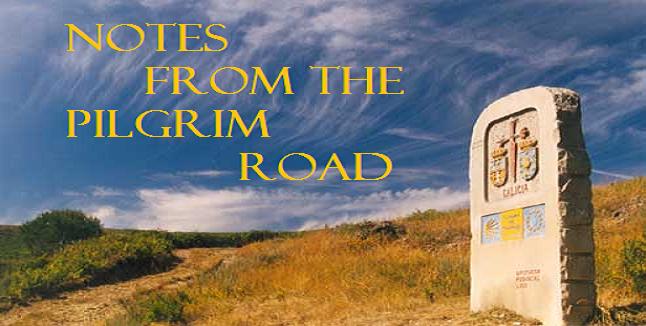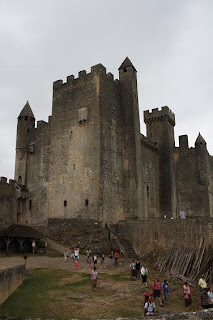
We were on the beautiful Dordogne River for a few days. It was here where much of the Hundred Years War was fought and thus it is littered with dramatic old castles

The town of Beynac is one of the most beautiful in France. Perched on the cliff above is a castle that was once owned by Richard the Lionhearted.
The Dordogne River was the boundary between the English and French in the Hundred Years War. Everything to the north of the River (including this castle) was on the French side; everything to the south was fighting for the English.
This is the view from the top of the castle walls. Across the river is the English side. If you look carefully you can see two castles that were English. They were at war with the castle we stood on.
 A close-up of an English castle
A close-up of an English castle


 At the top.
At the top.

No comments:
Post a Comment